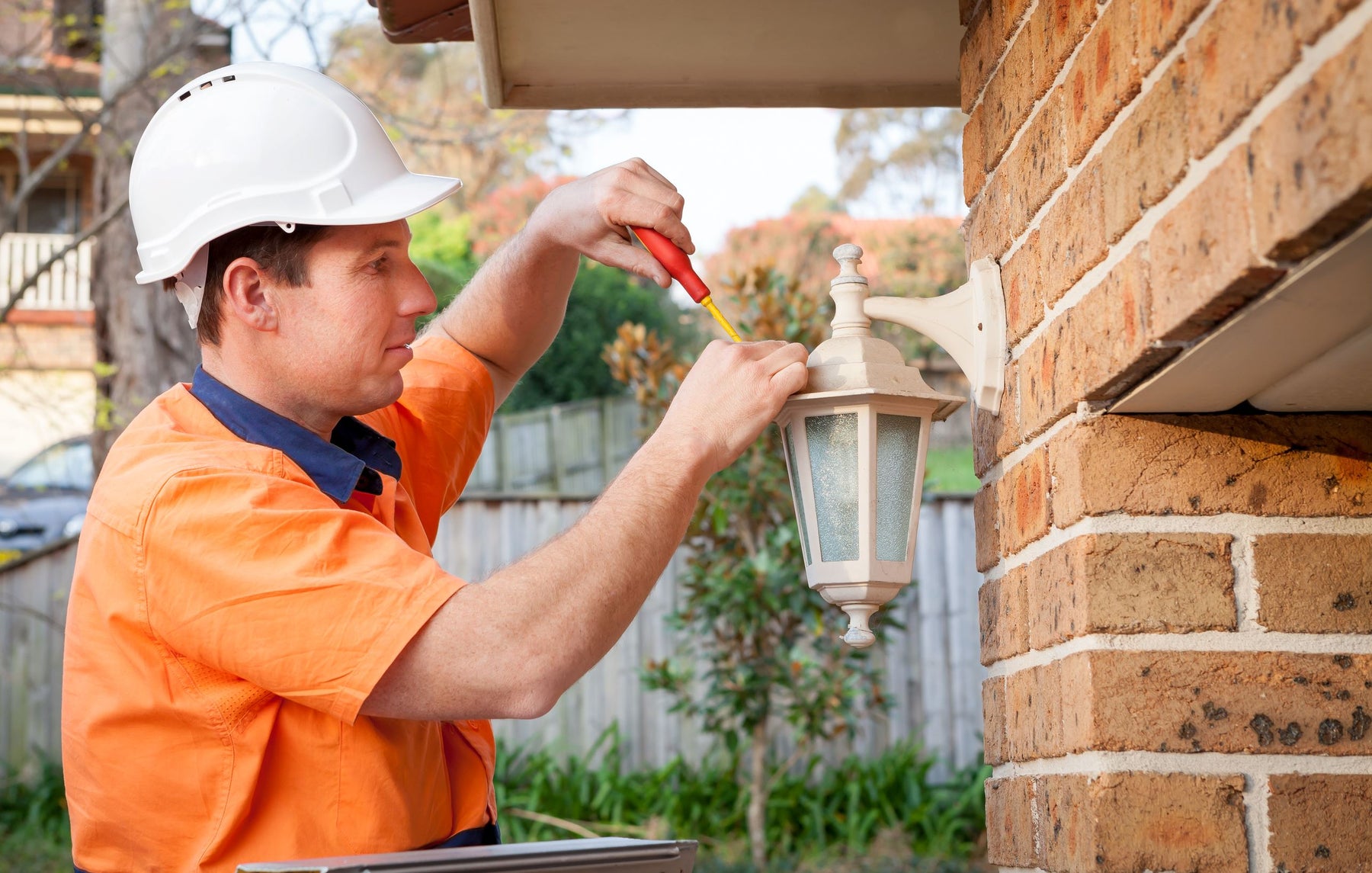
How to Fix a Solar Light Sensor
A well-working solar light is an asset to your home. It adds beauty to the façade of any house, whether it's a big one or a smaller one. But just like any other device you own, they can break down. Outdoor lumens lighting may be sturdy and durable, but they are not free from breaking down or issues, well, unless they are.
Problematic Solar Lights Needs Solution

A broken solar light sensor can be a frustrating problem. Unfortunately, you will never know when you'll encounter this problem, but one thing is for sure, you need to fix the issue before it gets worse.
Here are some identified problems that may cause a solar light sensor to stop working and some tips to help you get them back ready and working.
- Dirty Solar sensor
One method of troubleshooting your solar light sensor is to check its cleanliness. Dirt and other materials can cause it to malfunction. For example, if the sensor is covered in plastic wrap, it will eventually turn opaque and stop functioning.
Solution:
To clean the solar light sensor, use a damp cloth and wipe away any dirt. You can also use a cleaning solvent designed for car lights. Once you've cleaned the sensor, dry it thoroughly and then reassemble it. Again, you can use a damp washcloth. Do not use soap or any other chemicals, but you can try a cleaning solvent for car lights if you don't want to use a chemical cleaner. Once you've cleaned the sensor, you can reassemble your solar light and check that it works properly again.
- Solar sensors don't get enough sunlight.
This is pretty common. Solar lights rely on their energy from the sun, but what if they are not getting enough sunlight? This can cause your solar lights not to function well.
Solution:
Place your solar sensor in a well-lit area. Do not place the sensor in a covered place or somewhere that gets minimal light. You don't need to make the sensor face directly to the sun, but make sure it gets a reasonable amount of energy to function.
- Improper installation of the battery
This is a common issue as well. Many problems regarding the solar sensor start from the incorrect installation of the battery.
Solution:
Make sure that the batteries are correctly installed. Ensure the placement is intact and the + and – symbols are well-placed in the battery terminal. Then, you can open the panel and check if everything is aligned accordingly.
- Dead batteries
Another issue that may be overlooked is the lifespan of the battery. The solar lights won't work if the batteries are worn out or dead.
Solution:
Check the batteries from the socket and look if that is the root cause. When signs of a worn-out battery become visible, it is better to replace them immediately so that it won't cause further damage to the lamp or the whole system.
- Solar sensors are soaked in water
Solar lights are water-resistance, but when sensors get too soaked in the water, they could malfunction. Weak light production is a common sign of this problem.
Solution:
Remove water residue that builds up inside the panel or the sensor itself. You can do this by detaching the board from the post or the wall so you can check for residue.
Call the Attention of the Professionals

If all of these tips didn't work for you, then calling the professionals will be the last option you got. It is safer and more recommendable. They will know how to diagnose the problem correctly and might give some advice to help you recover the solar sensor in case of another unforeseen problem.
You can also contact the manufacturer if the problems are related to product defects and issues. Be sure to have their contact number or email address so you can quickly call their attention when you need to. I hope this article helps you! You can check out more about the pros and cons of solar landscape lighting if you want to learn more about how them.
